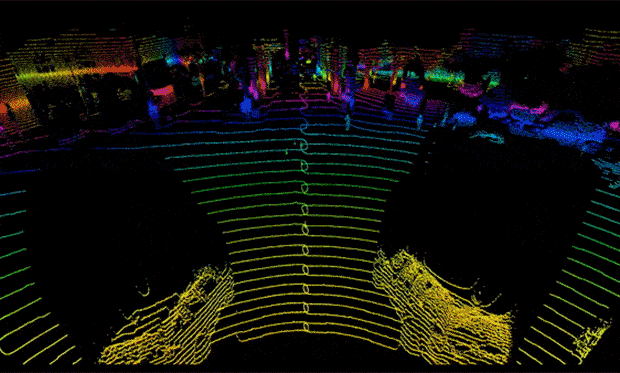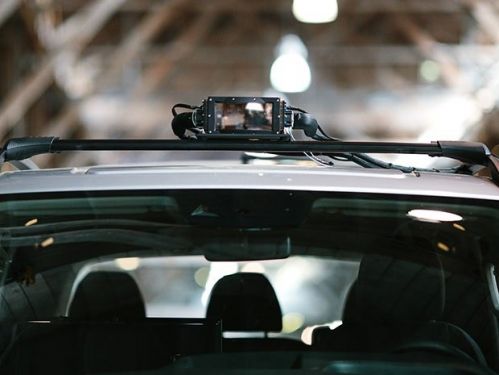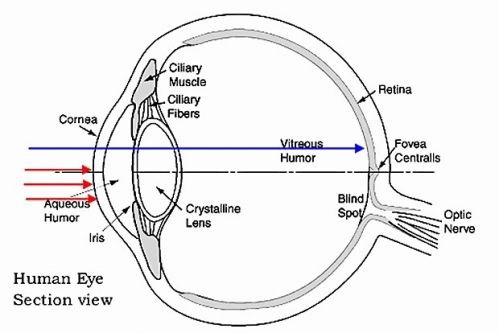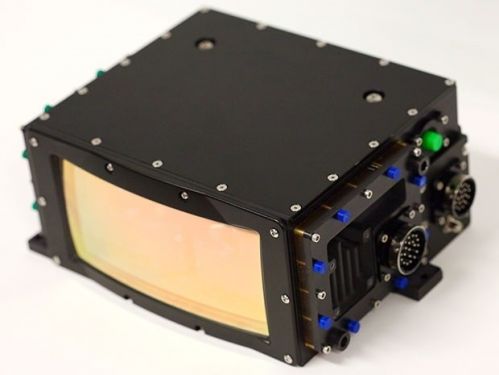
According to Lei Feng. Today, most of the on-board lidars scan the environment in the same way. They use a semiconductor laser to emit a 905 nm laser in the near-infrared band and record the reflected light to draw a point cloud map.
However, many countries, including the United States, have severely restricted the power of laser pulses for laser safety reasons. Therefore, the effective detection range of the laser radar has been shortened to 30-40 meters. Such a detection distance cannot meet the automatic driving at all. The need for cars to travel at high speeds.
In order to ensure the safety of the vehicle, the R&D personnel need to mark the low-reflectivity objects 200 meters away in advance so that the vehicle can have sufficient time to find the danger and brake in time. Faced with such a situation, some manufacturers choose to find another way, but some companies choose to overcome difficulties, and American startup Luminar Technologies is one of them.
This spring, Luminar introduced a laser radar with a range of up to 200 meters. The new laser radar uses a laser of 1550 nanometers.
Not long ago, Luminar installed the new system on a Mercedes test car and took it to the Munich Optical Fair.

Although the 1550 nm laser pulse is 40 times more powerful than 905 nm, it is fully compliant with safety regulations, and these extra powers increase the radar's detection range by a factor of 10 and a 50-fold increase in resolution.
In this way, even at high speeds of 75 mph (about 120 km / h), vehicle safety can be guaranteed (such a speed can move 34 meters per second).
So why is power greater and security guaranteed? Let's take a detailed answer below.
The first thing we need to know is that the most vulnerable to laser beam damage on the human body is the retina. Just look at the sun for a while and our fragile retina will be hurt. This is also the time when the sun enters the field of vision and we will not consciously dodge. the reason. The laser beam is more powerful than the sun, so the law limits the laser beam's light rate to less than 5 milliwatts.
In theory, the retina does not react to the 905 nm infrared light used in existing laser radars, so we can't see the light at this wavelength. However, the eye conducts this light to the retina, so it is as dangerous as visible light.
In fact, it is more harmful than sunlight, because the retina does not sense it, so we will not dodge.

*eyeball profile
Because the eyeball is water-absorbent, the lens, the cornea, and the liquid in the eyeball will have less transparency in longer wavelengths. When the wavelength exceeds 1400 nm, the light will not reach the retina, so the 1550 nm laser beam is completely safe. standard.
At the moment, police laser radars are still using 905 nm laser beams because they have low range requirements, laser beams are cheap and can use inexpensive silicon detectors. However, even researchers in off-board lidars believe that the 1550 nm wavelength is the best choice.
In fact, in the telecommunications and other industries, the laser of 1550 nm wavelength has already been popularized. Although silicon-based sensors do not respond at all to the 1550 nm wavelength laser, room temperature indium gallium arsenide sensors come in handy, and such sensors are just standard communication products.
However, the cost of lasers and sensors will increase after switching to 1550 nm, but experts believe that this is not the main reason for the high price of laser radar, complex optomechanical scanners. To significantly reduce the cost of laser radar, the optical scanner must be replaced with an optical version with a phased array antenna.
“Many teams are using solid-state panels to develop miniaturized phased array optical arrays,†says Dennis Killinger, a laser radar expert at the University of South Florida.
Last year, MIT's Optical Subsystem team developed a solid-state laser radar on a 300mm chip in conjunction with DARPA, and if it can be mass-produced in the future, the price can drop to $10. In addition, three companies announced earlier this year that they have made a breakthrough in solid-state laser radar, and the price will be lowered to $100 in the future.

*Luminar's Lidar
According to Lei Feng.com, Luminar's lidar solution is also unique. It is intended to align the laser radar in different directions. Each laser radar emits laser light in only one direction. At the same time, only one receiver and several custom movable lenses are built into the laser radar.
However, Luminar does not focus on reducing the price of lidar at this stage, it cares more about its performance.
Fiber Optic Test Equipment And Fiber Tools
Fiber Optic Test Equipment And Fiber Tools
Fiber Optic Test Equipment And Fiber Tools
Sijee Optical Communication Technology Co.,Ltd , https://www.sijee-optical.com